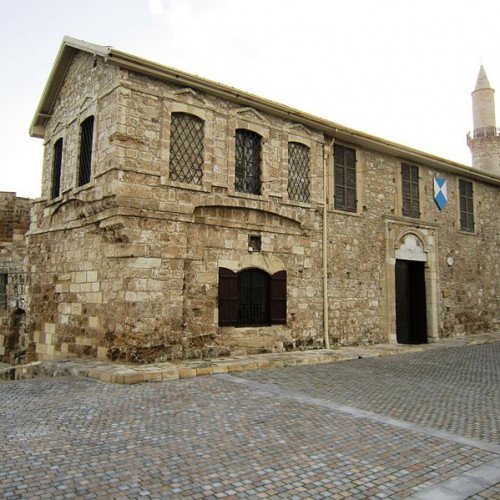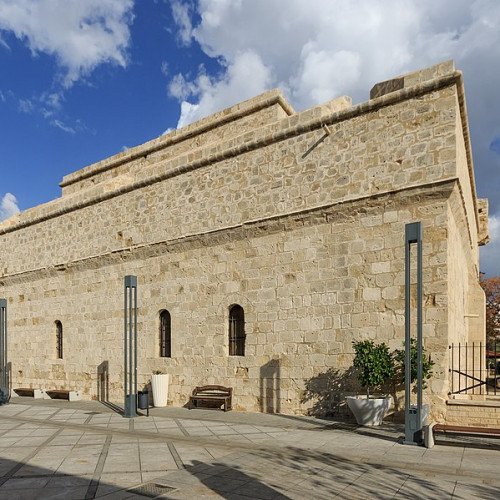Castles of "Cyprus" LARNACA CASTLE vs LIMASSOL CASTLE

LARNACA CASTLE
Larnaca Castle (Greek: Κάστρο Λάρνακας Turkish: Larnaka Kalesi), is a castle located on the southern coast of Cyprus. It was constructed to defend the southern coast of Cyprus and the harbour town of Larnaca and was later used as an artillery station, prison, and a museum. Larnaca has been inhabited since the 14th century B.C. when the Mycenaean-Achaeans Greeks founded a small town. Much later, the Byzantines constructed a small fort near its harbour. It is not clear when the Byzantine fort was first built but archeological research carried out around the castle suggest that initial construction started in late 12th century AD. The city gained importance during the medieval ages after the Genovese occupied the main port of the country, Famagusta, and the need for a new port town emerged. Soon after Larnaca became one of the main ports of the Kingdom of Cyprus, and the need for a castle protecting the city and the harbour emerged. Between the years 1382–98, during the reign of James I, the small Byzantine fortification located near the harbour was upgraded to a more substantial castle. By the 18th century the castle started losing importance and was abandoned. In the first half of the 18th century, a famous explorer, Abbot Giovanni Mariti, recorded that the castle was in a semi-ruined state; yet there was still garrison protecting it. He theorised that the castle could have been built by the Ottomans due to its Turkish style and inscriptions. Throughout British rule the castle was used as a prison where they installed a gallows to execute prisoners. The last execution took place in 1948. During the Cypriot civil war Greek Cypriots held the castle and they too used it as a prison.
Statistics for this Xoptio

LIMASSOL CASTLE
The medieval Limassol Castle (Greek: Κάστρο Λεμεσού, Turkish: Limasol Kalesi) is situated near the old harbour in the heart of the historical centre of the city of Limassol. The castle as it appears today is a structure rebuilt circa 1590 under the period of Ottoman rule. Archaeological investigation within the castle revealed that it was built over an Early Christian basilica (4–7th century CE) and a Middle Byzantine monument (10th–11th century CE). Other finds beneath the Castle witness the existence of an important church, possibly the city's first cathedral. According to Etienne Lusignan, the original castle was erected by Guy de Lusignan in 1193. The first official reference to the fort dates to 1228, during the involvement of Frederic II of Germany in the affairs of Cyprus. From its erection until the beginning of the 16th century, damages were caused by the continuous attacks of the town by the Genoese and the Mameluks as well as by earthquakes alternating with restorations and reconstructions. In 1538 the Ottomans captured Limassol and the castle. The Venetian governor of Cyprus, after recapturing the castle, decided to demolish it in order to avoid its possible seizure. This destruction was completed in 1567–68. After the Ottoman acquisition of Cyprus in 1576, the remains or parts of the remains of the castle were incorporated in the new Ottoman fort, completed in 1590, which was considerably strengthened. The underground chamber and the first floor were transformed into prison cells and remained in use until 1950. According to tradition, this is where Richard the Lionheart married Berengaria of Navarre and crowned her Queen of England in 1191.